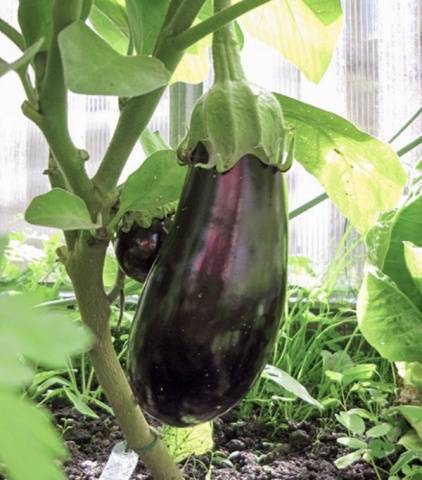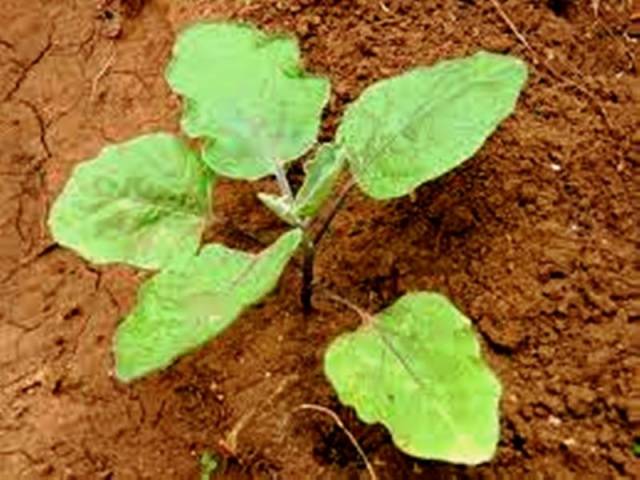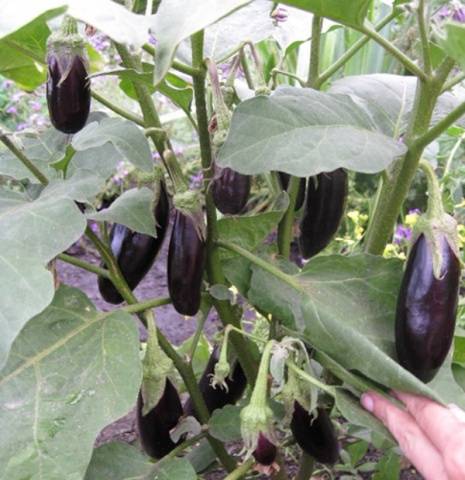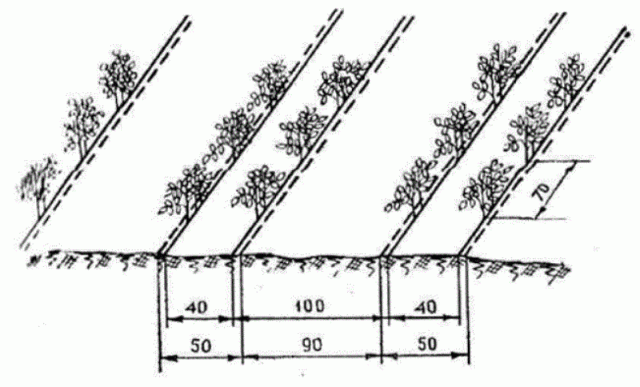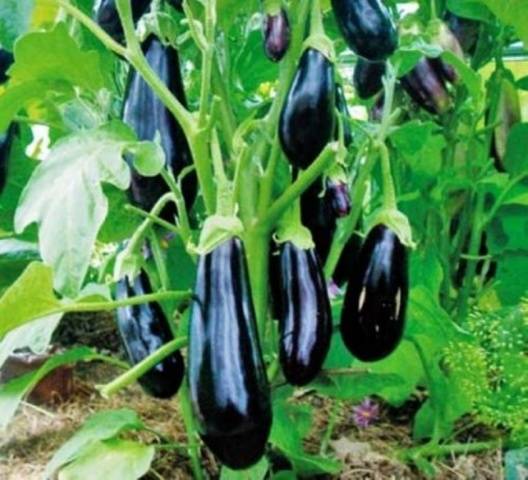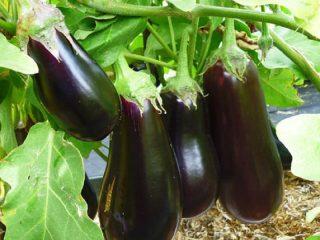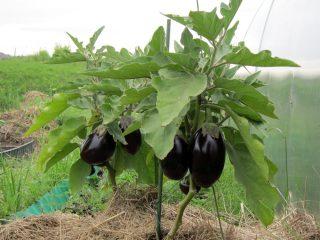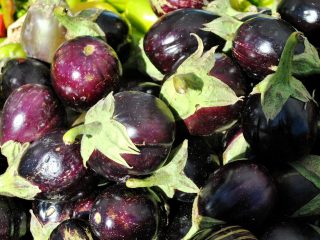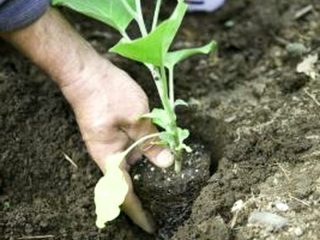Content
Epic F1 is an early ripening eggplant hybrid with excellent adaptive abilities. Grows well in open ground and in greenhouses. Hybrid Epic F1 is characterized by high (more than 5 kg per 1 sq. m) yield and resistance to diseases. With good care, the fruits gain up to 300 g of weight.
Characteristics and description of the hybrid
The fruits grow up to 21 cm in length and up to 10 cm in diameter. Eggplants are dark purple in color, teardrop-shaped, with sparse spikes on the cup, suitable for all types of home cooking, as evidenced by rave reviews from housewives. The dense white pulp is well suited for frying, salting, making caviar and salads. More details about this wonderful hybrid are described in this video:
The eggplant bush grows up to 90 cm in height. The side shoots are moderately spreading. For good yield, the plant needs the formation of a bush and a garter. You also need to remove weak ovaries. Epic eggplant fruits are heavy, so it is not recommended to leave more than 6-7 pieces on one bush.
Growing and care
The yield of this hybrid depends on the growing conditions and care of the plant during the growth period. Like all nightshade crops, Epic eggplant is grown in seedlings.Seeds are sown in mid-March in warm, moist soil (preferably in a film greenhouse), and at the end of May the seedlings can be planted in the garden. The photo shows an eggplant seedling ready for transplanting:
Scheme for planting seeds for seedlings - description
Seeds of hybrids, including Epic F1 eggplant, do not require pre-hardening or treatment with growth stimulants. Growing eggplant seedlings consists only of properly selected soil and subsequent feeding of young plants. It is enough to plant eggplant seeds in separate pots or in a greenhouse bed using a ribbon method. In this case, the seed planting scheme will be as follows: 60 - 70 x 25 - 30 cm. The first numbers are the distance between the seeds in one tape, and the second numbers are the distance between the tapes. The sowing depth of the seeds should be no more than 1.5 cm. After germination, the soil is fed with mineral or organic fertilizers. With timely feeding, you can achieve the result as in the photo:
Landing in the ground
Healthy, strong eggplant seedlings, about 20 cm high, are planted in a greenhouse or soil. Each plant should have 5-6 leaves. By this time, stable warm weather will have established outside, the danger of unexpected frosts will have passed, and you can safely take the seedlings out into the garden.
The planting scheme of seedlings should be thought out in such a way that both the roots and the bushes do not interfere with each other. Proper planting makes caring for mature bushes easier. Considering the height and spreading nature of the plant, planting holes are dug at a distance of 60-70 cm from each other. The eggplant bed must also have a width of at least 70 cm. The seedlings are planted alternately, in a checkerboard pattern. On average, per 1 sq. m of land, no more than 4 bushes are planted.This photo clearly shows how best to plant eggplants in open ground.
Considering the abundant fruiting of the hybrid, more than 40 kg of large fruits can be collected from one medium-sized bed (5 m in length).
Plant care
After planting in the garden, for the first 10 days, caring for eggplants consists only of moderate watering of young plants “under the root.” As soon as the bushes take root well, you need to feed them. For this, rotted manure, compost, ash or mineral additives are used. The fertilizer must be diluted with water, a shallow furrow is made around the plant, at a distance of at least 15-20 cm from the trunk, and the solution is poured there.
Repeated feeding of eggplants should be done when the first flowers appear. During this time, the plants will form into beautiful and powerful plants, which can be safely watered using the “ditch” method, that is, simply by letting water into the furrow between the beds. Before watering, the row spacing is cleared of weed, and any fertilizer is poured there. Fertilizing is repeated as soon as the first ovaries form on the eggplants.
